WWII veteran’s memories of liberating holocaust prisoners
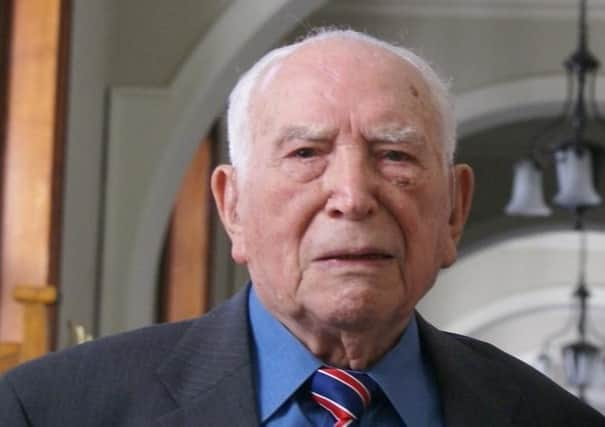

The specific date of the annual commemorations - January 27 - as the day in 1945 that Auschwitz-Birkenau, the largest Nazi death camp, was liberated.
Though probably the best known and most recounted, Auschwitz-Birkenau, Belzec, Bergen-Belsen and Treblinka were just a few among many small, medium and large, forced-labour, transit and extermination camps throughout German-occupied territories.
Advertisement
Hide AdAdvertisement
Hide AdBetween 1933 and 1945 the Nazis created more than 40,000 camps, some of them built-to-plan or established in privately-owned houses, public buildings and sometimes schools, taken over by the Gestapo and redeployed for genocide.
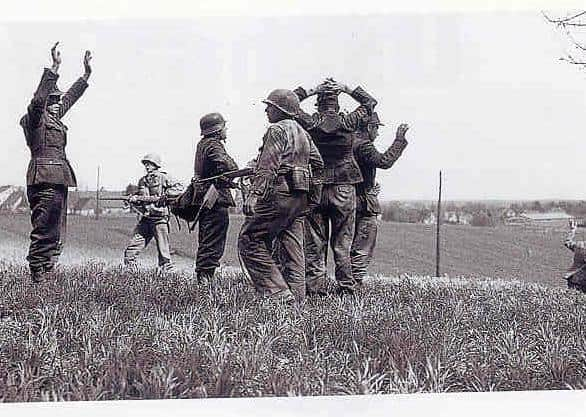

The first concentration camp was established at Dachau (near Munich) on March 23, 1933, and as the Nazis captured more territory during WWII, the camp system was greatly expanded.
A local soldier who was one of the first men through the gates of Dachau when the camp was liberated on April 29, 1945.
The 100-year-old WWII veteran, Edward (Teddy) Dixon, sadly passed away last November, with his hugely distinguished wartime service included in numerous obituaries.
Advertisement
Hide AdAdvertisement
Hide AdTeddy was born March 1920 in New York - his family emigrated there in the early 1900s but returned home to Belfast in time for their son to begin primary school and become a baker.
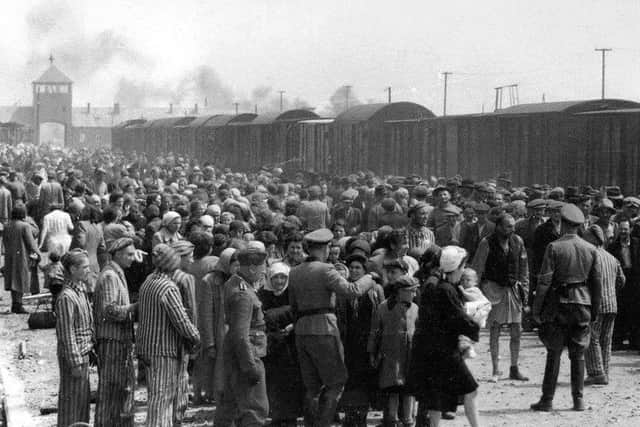

He was an Air Raid Warden during the Belfast Blitz of 1941, and following the D-Day landings in June 1944 the US government issued draft notices to citizens living abroad.
When Teddy’s call-up papers arrived by mail the 24-year-old Cregagh-lad signed up and became GI Edward Dixon, ‘F’ Company, 42nd Rainbow Division.
After forming the Division, its famous name and colourful crest came from Colonel Douglas MacArthur’s explanation that “the 42nd Division stretches like a Rainbow from one end of America to the other.” Or as Teddy quipped - “all over the place”!
Advertisement
Hide AdAdvertisement
Hide AdOn April 29, 1945 he arrived at the gates of Dachau where his squad liberated 33,000 prisoners, mostly Poles, Russians, French and Jews.
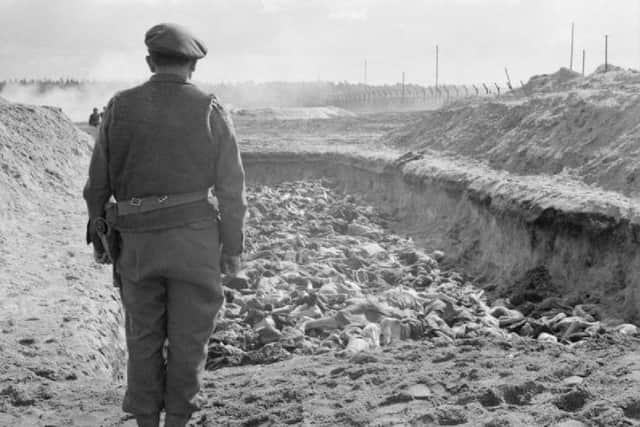

More than 40,000 died there before the US troops arrived, shot or gassed, with thousands of others dying from disease or from their relentless, enforced workload.
Teddy fought in many theatres of war and travelled much during WWII, shown by the many medals he received, including the Combat Infantryman Badge, the Bronze Star for ‘Meritorious’ Achievement in Ground Combat, the Good Conduct Medal, the European, African, Middle Eastern Campaign Medal with two Battle Stars, the Victory Medal and the Army of Occupation Medal with ‘Germany’ bar.
Roamer was privileged to attend a dinner in his honour in 2018 in Belfast City Hall when he recounted his remarkable WWII story.
Advertisement
Hide AdAdvertisement
Hide AdA few humble, quiet, understated words summarised Dachau - “the concentration camp was rough, so it was.”
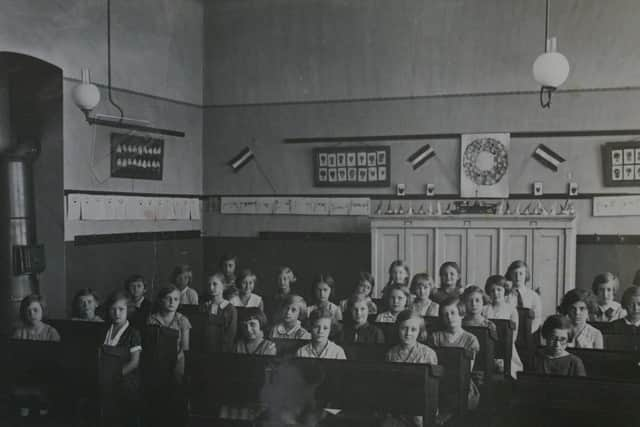

The 42nd Division landed in France in December 1944 as part of the 7th Army and advanced into Germany in March 1945.
It was during the Division’s rapid advance through Germany in April 1945 that Teddy’s 12-man squad of soldiers became the first to encounter horrific scenes as they liberated the emaciated survivors of Dachau, near Munich.
He always remembered the smell - “a horrible, terrible smell” he recounted at the City Hall dinner.
Advertisement
Hide AdAdvertisement
Hide AdAs his Division approached the camp along the railway line they discovered “endless boxcars full of rotting corpses.”
They found one man who had been left for dead in a carriage but was still alive and they gave him some medical attention.
“The dead were lying everywhere and the smell was indescribable. There were bodies all over the place,” Teddy told the City Hall audience.
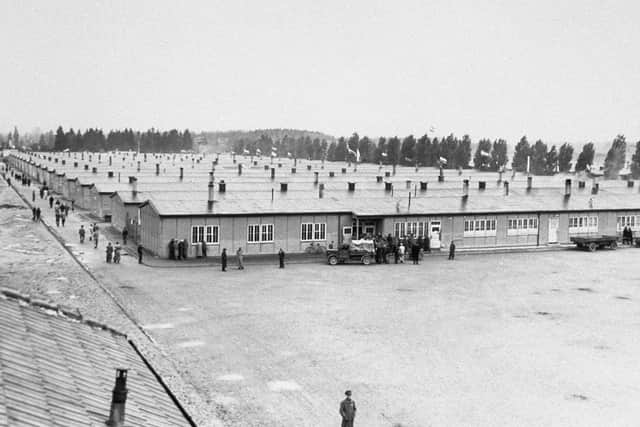

They gave their rations to as many of those who could eat but “it was too late for those who died in front of our eyes.”
Advertisement
Hide AdAdvertisement
Hide AdDeep, silent, unimaginable thoughts punctuated his words as Teddy recounted “the barrage of mortars at midnight” from the Germans, as the Rainbow men settled down to sleep in their tents outside Dachau.
Three of his buddies died. Later in the day Teddy’s unit came across 40 German soldiers.
“We killed about 30 of them,” said Teddy “because we were in the mood for fighting.”
In just over a week the war in Europe ended on May 8, 1945 and Teddy’s Division went to Austria, searching for Nazis hiding in the Alps.
Advertisement
Hide AdAdvertisement
Hide AdThey were also involved in an unusual operation south of Salzburg, in a salt mine where around 2,000 priceless paintings by various masters had been hidden, stolen by the Nazis from Europe’s art galleries.
Knowing that defeat was imminent, the Germans had loaded the paintings into wooden crates and hidden them in the mine.
The hoard included works by Michelangelo, Vermeer and Van Eyck.
The crates of priceless canvases were removed by German POWs under the watchful eyes of Sergeant Teddy Dixon and his comrades.
Advertisement
Hide AdAdvertisement
Hide AdHe admitted in the City Hall in 2018 that he hadn’t seen a single framed masterpiece, which remained firmly enclosed in their heavy crates.
Sadly, Teddy died last November but his memories of Dachau are a very fitting end this page’s coverage of Holocaust Memorial Day.
Further information about Holocaust Memorial Day can be found at www.hmd.org.uk